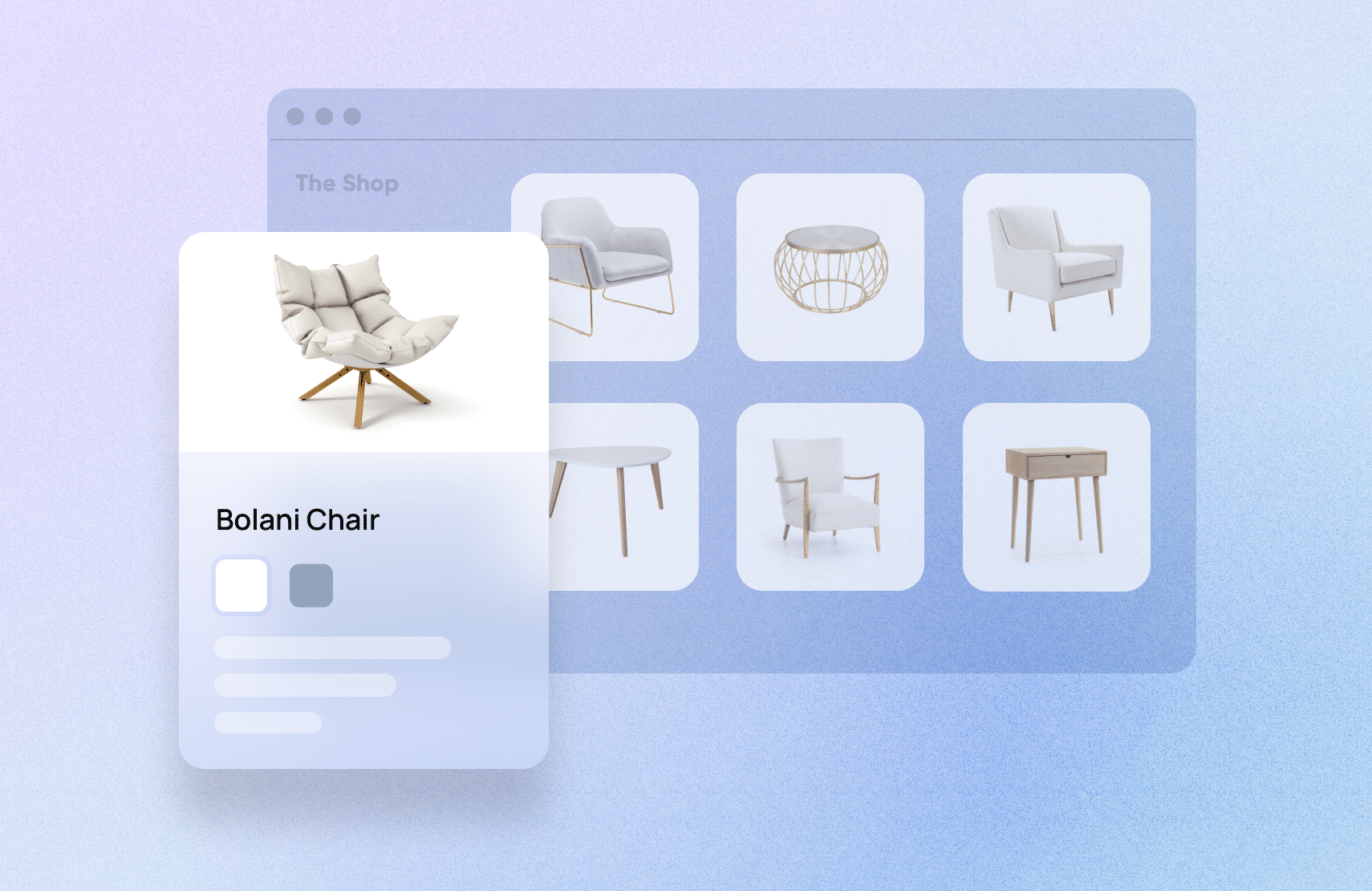How Do You Optimize E-Commerce Merchandising with Headless Commerce?

Merchandising is placing and pricing products to maximize conversions and achieve other business and marketing goals. The term is broadly used and can involve a wide range of practices.
A restaurant such as Domino’s will have vastly different use cases than an apparel company. In the restaurant market, customers have a defined set of expectations. Thus, the merchandising objective is less about education or presenting new options but rather triggering the customer to purchase.
Now, merchandising is more complex in e-commerce than traditional retail. An e-commerce merchandiser must understand what information a customer needs to trigger that purchase and embed it across digital channels to guide the customer journey.
In this post, I’ll provide some valuable tips for improving your e-commerce merchandising. I’ll also explain why your e-commerce technology is a critical part of reaching your merchandising objectives.
[toc-embed headline=”E-Commerce Merchandising Tips”]
E-Commerce Merchandising Tips
Optimize your product detail pages
Product detail pages (PDPs) are an essential part of the e-commerce shopping experience as they are where a customer learns about your products. Effective e-commerce merchandising incorporates purchase triggers throughout the important areas of the PDP, such as:
- Rich product descriptions: Product descriptions should resonate with users by communicating in their preferred tone. They should contain all necessary details about the item, such as specifications, materials, use cases, etc.
- Simple navigation: PDPs should be free of clutter and present all information in an easy-to-navigate manner.
- Ample visuals: Customers need multiple high-quality images to know if an item is right. PDPs should contain images from various angles and lifestyle images depicting real-world use cases to communicate the brand and increase customer engagement.
- Reviews, ratings, and social proof: Feedback from previous buyers can boost visitors’ trust in your products. Most shoppers will look for reviews before purchasing, so you can reduce buying friction by including them on your PDPs.
Use personalization to create differentiated experiences
There is less space to work with on e-commerce channels than a brick-and-mortar store. But with digital channels, you can selectively curate your category pages and display personalized recommendations based on the user’s interests and browsing history.
Optimize for promotions and seasonal events
Promotions and seasonal events drive e-commerce revenue. It could be a back-to-school sale for an office supply company or Valentine’s day promotion for a jewelry brand. Merchandisers must communicate with the marketing team to understand how to support its objectives.
It is important to ask: which products are going to be on sale? How are you going to price those products? How will you execute that discount strategy to make sure there’s alignment between your print media, digital media, on-site messaging, and those products?
[toc-embed headline=”How Modern Technology Supports E-Commerce Merchandising Objectives”]
How Modern Technology Supports E-Commerce Merchandising Objectives
For many companies today, technology is a major roadblock in reaching their merchandising objectives. Spreadsheets still play a dominant role in pricing, promotions, and other merchandising activities.
Manual input leads to a lot of bottlenecks in updating products and prices across channels. Companies with larger catalogs can take weeks to change a single price. Without any automation, competing with the likes of Amazon (who streamlined their merchandising over a decade ago) becomes a difficult feat.
Headless commerce provides businesses a much-needed solution. Your team can use a centralized product information manager to update product data across channels. A pricing and promotions engine allows you to automate pricing at scale to ensure your merchandise is always competitive.
With an agile and flexible e-commerce ecosystem, your organization can meet its merchandising objectives while providing your customers the experience they deserve.
Tech advocate and writer @ fabric.